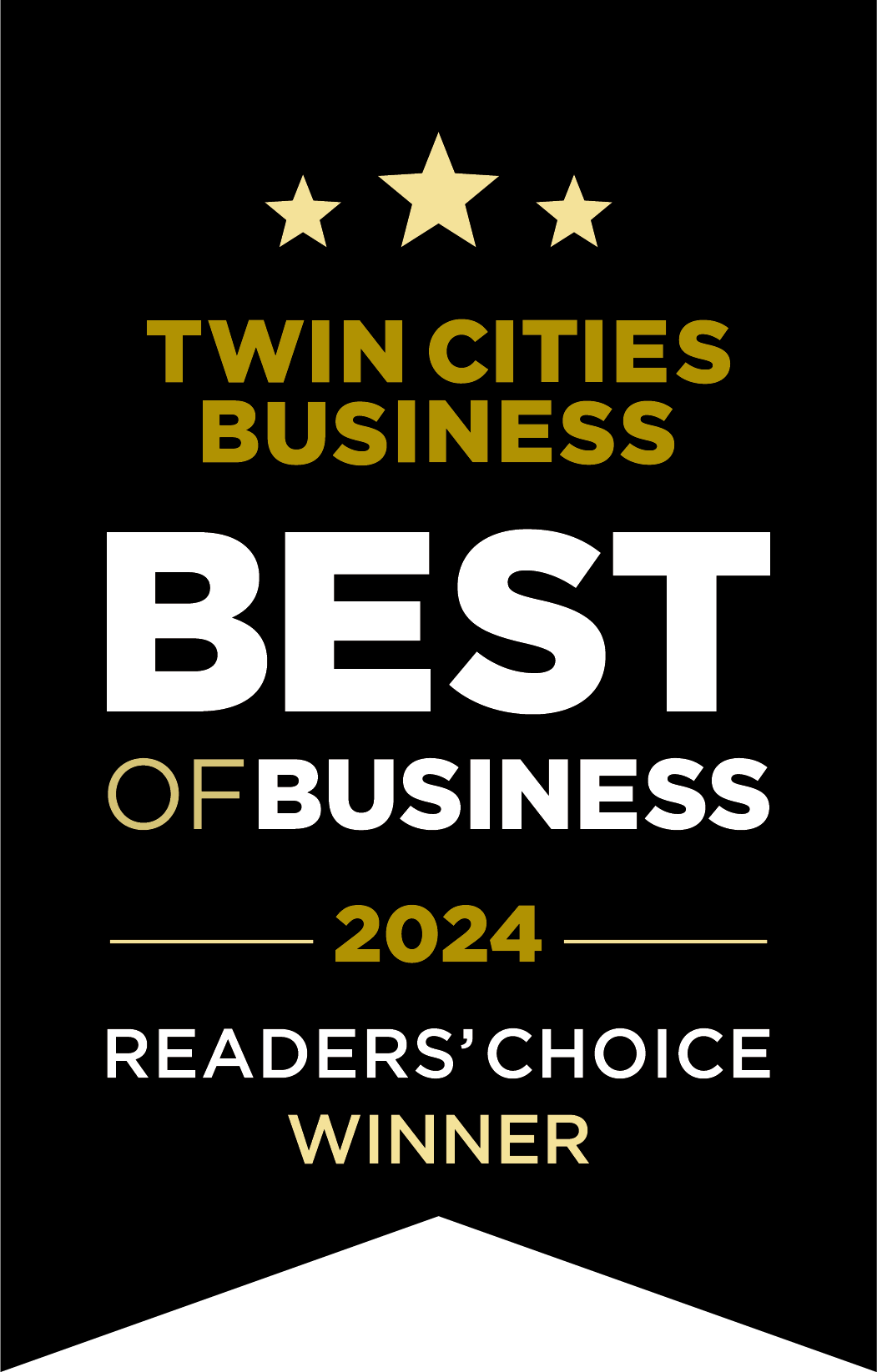Now is the time to start the succession planning process.
Handing over the reins to your business can be difficult at best, painful and emotional at worst. For this reason, many business owners avoid even thinking about it. But leaving succession planning on the back burner could leave your business in a perilous spot. From identifying future leaders to developing a viable succession plan, our business and tax consultants in Minneapolis & St. Paul can help you take the next step.
What Does Succession Mean in Business?
There’s a lot more to taking a step back from your business than setting a retirement date. This is true whether you plan to transition your business to an outside party, a close family member, or internal talent. Engaging in succession planning—a process that helps you identify new leaders who can step in when you vacate your position—gives you more control over this critical transition.
Use this Exit Planning Quick Guide to help you think through this process.

